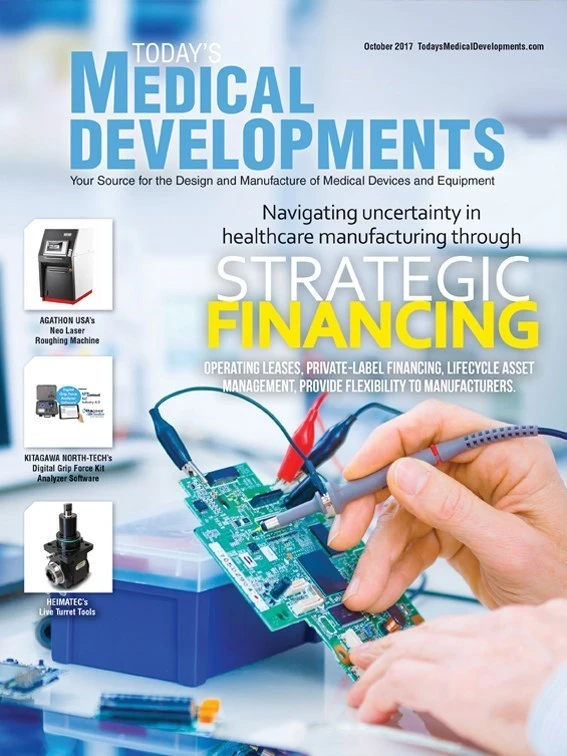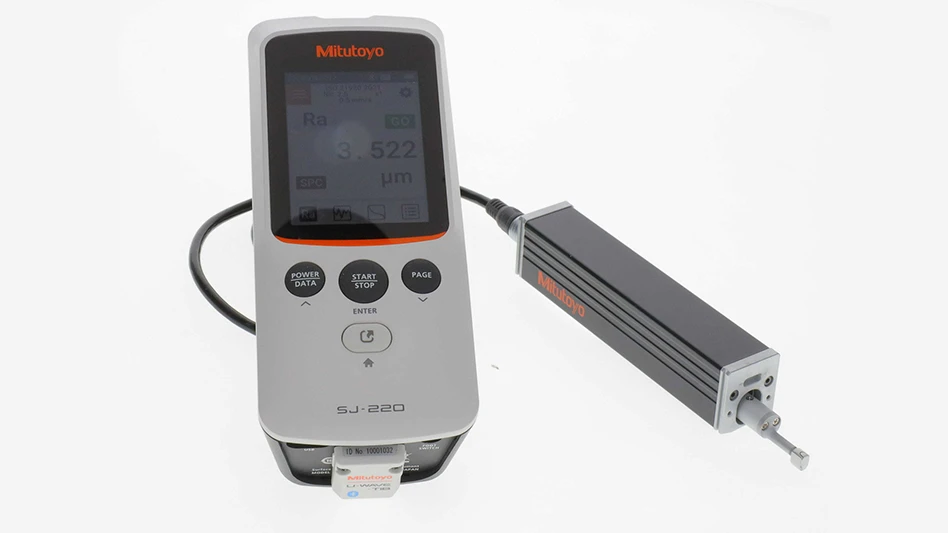
Uncertainty has become a defining characteristic of healthcare manufacturing.
Driving factors include the long back-and-forth in Washington regarding U.S. healthcare policy and emerging technologies such as artificial intelligence and virtual reality. The consensus among our clients is less concern with the rules, or what they could become, and more of a desire to have them established without imminent risk of change.
If the Affordable Care Act (ACA) is repealed – after the healthcare industry has spent years adjusting to it – this uncertainty will put many healthcare operations on hold. Additionally, while new technologies are promising and ever- advancing, many are not yet proven, further contributing to doubt regarding what to put faith – and money – into.
How can medical device manufacturers adapt and prepare themselves when they don’t know what the future holds?

Strategic operation
Medical device manufacturers can cope with uncertainty by evaluating operations strategies and leveraging finance options to improve cash flow.
Manufacturers remain under tremendous pressure to maintain current equipment and technology to stay competitive. As manufacturing equipment quickly becomes smarter and more automated, frequent machine updates are needed to keep up with demand and support company growth.
Medical devices are consistently implementing emerging technologies, which in turn require higher-precision equipment to produce. And software systems used for design and operations are becoming obsolete as more efficient alternatives enter the market.
As medical manufacturers weigh the need for new equipment and technology against the cost, the initial prospect can be daunting. However, financing gives an opportunity to keep equipment off their books, preserving capital for items that cannot be financed, such as research and development (R&D).
Medical device manufacturing companies spent an average of 7% of their revenue on R&D last year, higher than almost all other industries.
As capital investments get factored into a company’s bottom line, one way to cope is to alleviate other cost burdens. This is where a well-orchestrated lease or loan strategy comes in.
Companies can lease production equipment and software programs via operating leases, keeping the investments off of company balance sheet, spreading asset costs across several months, and preserving upfront capital for other endeavors.
An operating lease structure allows medical manufacturing companies to defer the decision of whether or not to own the equipment until the end of the lease. When the lease concludes, the company can either purchase the equipment at fair market value, or they can hand it back and upgrade to the latest technology.
This differs from the more common capital lease, which involves higher monthly payments, but ensures ownership at the end of the term.
Capital leases are practical for core manufacturing equipment that isn’t subject to technological obsolescence and has a useful life of at least 7-to-10 years. Operating leases are the better option for equipment that has a shorter lifespan or equipment subject to more rapid technological advances.
Lesser-known financing
There are other financing options that many healthcare manufacturers could be using but are not.
Life cycle asset management (LCAM) is a strategy that combines hard costs (equipment or software cost) with soft costs such as installation, maintenance, and training and merges them all into one consistent monthly payment.
With LCAM, medical manufacturers have no obligation to keep obsolete equipment. The finance provider will handle disposal of the equipment at the end of the term, making way for newer, upgraded equipment or software.
Private label financing
is especially helpful for small- to mid-sized manufacturers who are selling expensive devices to healthcare providers. By partnering with a finance company, the manufacturer can offer its devices with in-place financing – allowing them to sell a monthly payment to the customer, as opposed to trying to sell an expensive device. The lease or loan will be serviced and handled by the finance company, but everything is branded under the manufacturer’s company name.Facing uncertainty
Professionals in healthcare manufacturing should approach financial decisions with extra caution in the current climate of doubt. That said, uncertainty should not hold these companies back from growth and strong profitability.
By analyzing financing options and selecting strategies that preserve cash and ensure that equipment and software are always updated, medical manufacturers can preserve capital, maintain healthy balance sheets, and ultimately navigate the current climate of uncertainty with success.
Innovation is critical to the healthcare industry, and the pursuit of improvements through emerging technologies is the only way to stay competitive.
Liberty Commercial Finance
www.libertycommercial.com
Get curated news on YOUR industry.
Enter your email to receive our newsletters.
Explore the October 2017 Issue
Check out more from this issue and find your next story to read.
Latest from Today's Medical Developments
- Aerospace Industry Outlook - Spring 2025, presented by Richard Aboulafia
- World’s smallest pacemaker is activated by light
- FANUC America’s ready-to-deploy cobot web tool
- #42 Lunch + Learn Podcast - Quell Corp
- Siemens accelerates path toward AI-driven industries through innovation and partnerships
- REGO-FIX’s ForceMaster and powRgrip product lines
- Roundup of some news hires around the manufacturing industry
- Mazak’s INTEGREX j-Series NEO Machines





